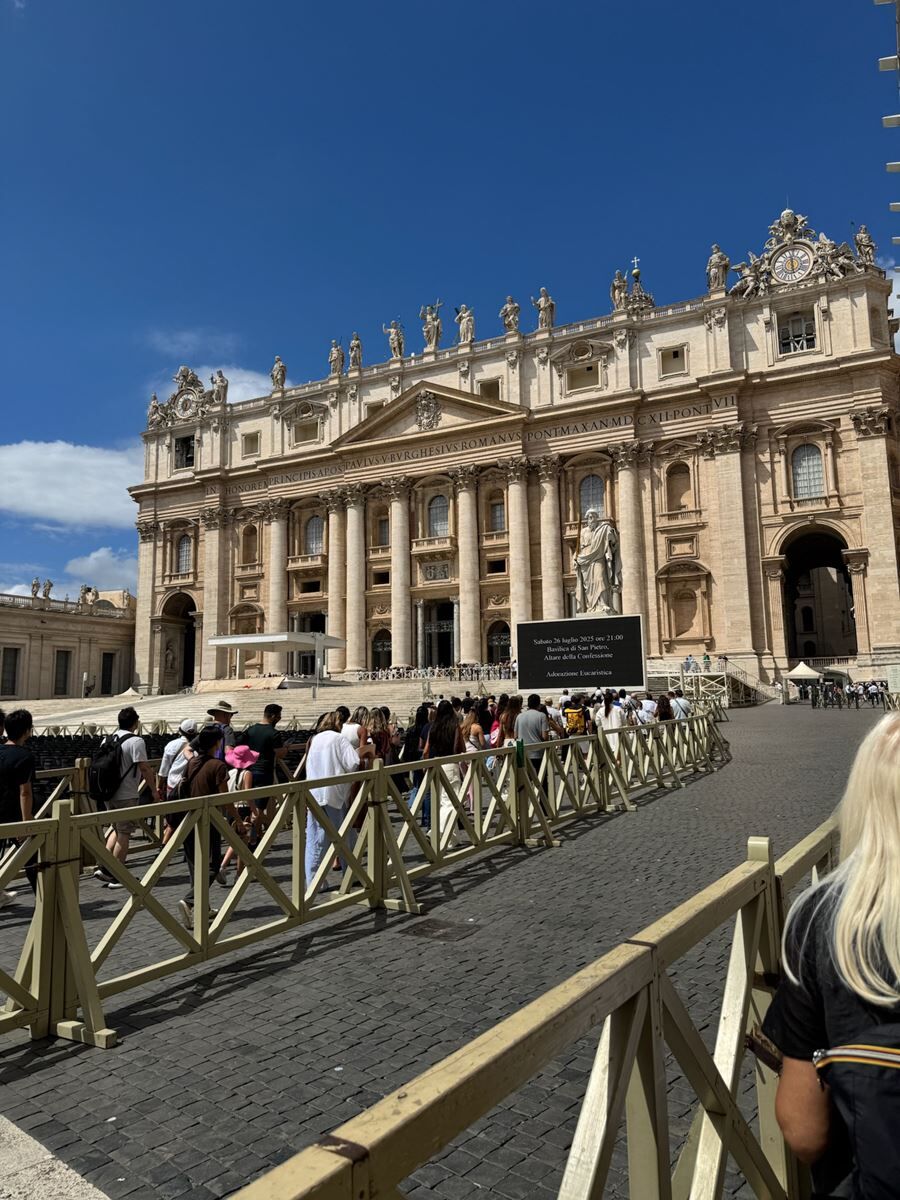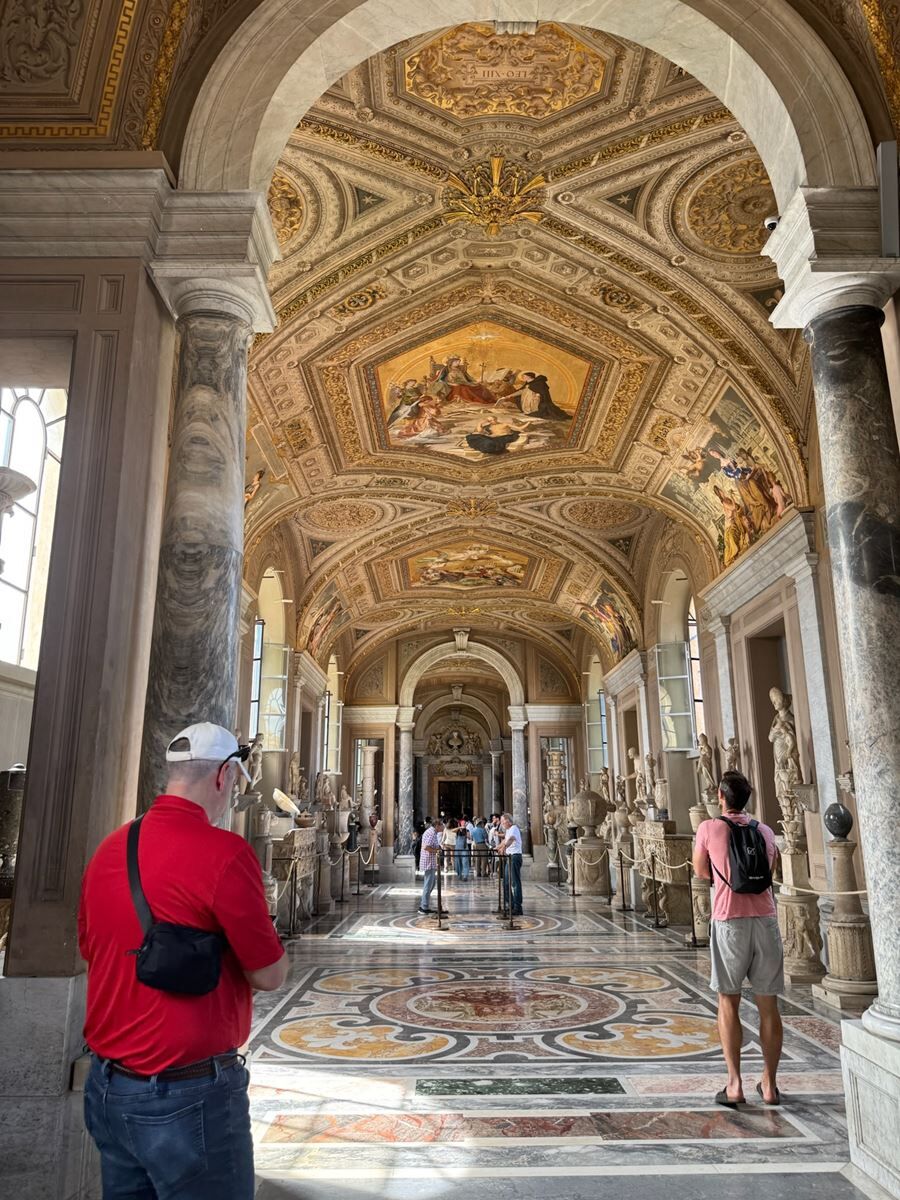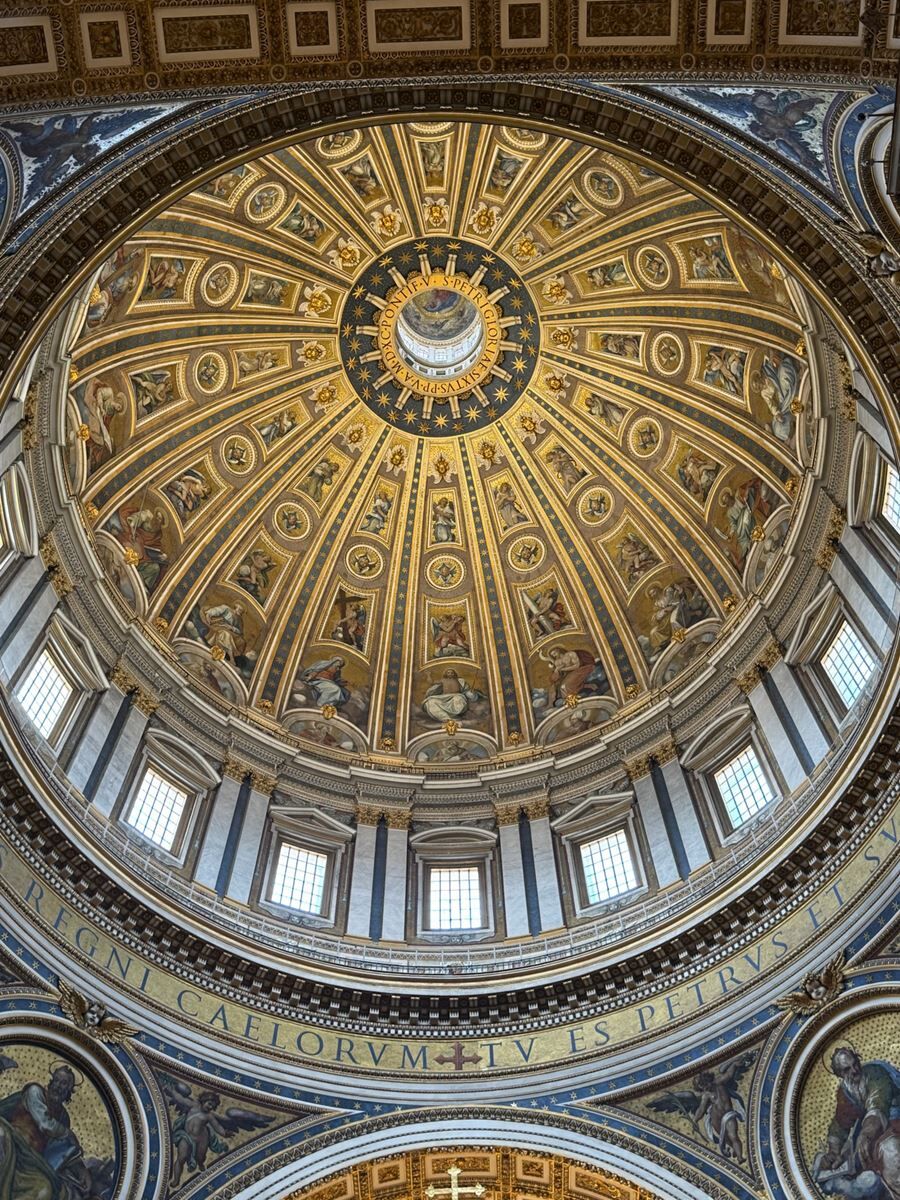Why Evangelicals SHOULD Visit The Vatican
Travel

Audio By Carbonatix
By Kevin McCullough, Editor in Chief
For many Bible-believing evangelicals, the Vatican might seem like an unlikely stop on a faith-driven travel itinerary. We’re not Catholic. We don’t pray to saints. Our theology and church history have been shaped, in part, by standing apart from Rome’s traditions. And yet, after visiting with my own family, I’m convinced that the Vatican is not only worth seeing — it can be one of the most spiritually and culturally enriching experiences of your life.

It’s the Story of the Church — and the Bible — in Stone, Paint, and Marble
The Vatican isn’t just the administrative center of the Roman Catholic Church. It’s a physical repository of two thousand years of Christian history — from the early church through the Reformation to today. For evangelicals, it’s like stepping into a vast, living museum where our shared heritage with Catholicism comes to life.
Walking through the Vatican Museums, you see the sweep of biblical history told through the hands of artists, sculptors, and architects. Michelangelo’s Creation of Adam in the Sistine Chapel isn’t a Catholic truth or a Protestant truth — it’s a breathtaking visual echo of Genesis 1. The Raphael Rooms, the tapestries, and the countless biblical scenes depicted in fresco remind us that before the printing press, before mass literacy, art was the church’s way of proclaiming Scripture to the world.
It Confronts You with the Global Nature of the Faith
One thing evangelicals sometimes forget is that the church didn’t start with our particular denomination, our local congregation, or even our nation. The Vatican is a humbling reminder that the gospel has been carried, proclaimed, and protected by believers all over the world and across centuries.
Standing in St. Peter’s Square among people speaking dozens of languages, you feel the weight of Jesus’ words in Matthew 16:18 — “I will build my church, and the gates of hell will not prevail against it.” The crowd isn’t a uniform culture. It’s humanity in all its diversity, united in some way by the name of Christ. That’s a sight worth seeing, especially in a world where we’re so often tempted to view faith through a narrow, national, or denominational lens.

It Deepens Your Sense of Awe for God’s Glory
Even if you hold theological reservations about some Vatican teachings, you can’t deny the sheer beauty that fills its halls. The craftsmanship, the grandeur of St. Peter’s Basilica, the way sunlight spills through Bernini’s bronze canopy — all of it points, imperfectly yet powerfully, to the glory of God.
Evangelicals often emphasize that worship isn’t about ornate buildings but about the heart. That’s true — but beauty can awaken the heart. When you stand under the dome of St. Peter’s, with its soaring heights and masterful symmetry, you can’t help but feel small in the best possible way. You’re reminded that God is not only the author of truth but also of beauty, and both can draw us nearer to Him.
It Offers Opportunities for Conversation and Reflection
Traveling with my family, I found that the Vatican sparked more faith conversations than almost any other site we visited in Italy. My kids asked questions about church history, the differences between Catholic and Protestant beliefs, and why so many biblical scenes were painted on ceilings instead of walls. These conversations weren’t debates — they were doorways into deeper discipleship.
We also used the visit as an opportunity to talk about discernment — how to appreciate truth, beauty, and history even when we don’t agree with every theological point. That’s a valuable skill for any believer navigating the world.

It Connects You to a Bigger Story
Ultimately, the Vatican isn’t about embracing Catholicism or changing your convictions. It’s about seeing yourself as part of the grand, sweeping story of God’s work in history. Our faith didn’t appear out of thin air — it’s been handed down, sometimes faithfully, sometimes imperfectly, through generations of believers. Standing in a place where so much of that story has unfolded helps you feel that connection in a tangible way.
If you ever have the chance to visit Rome, don’t let denominational lines keep you from experiencing the Vatican. Go with your Bible in your heart, your eyes wide open, and your spirit ready to learn. You’ll come away richer — not because you compromised your beliefs, but because you allowed yourself to see God’s fingerprints in the art, the history, and the people who have sought Him here for centuries.




